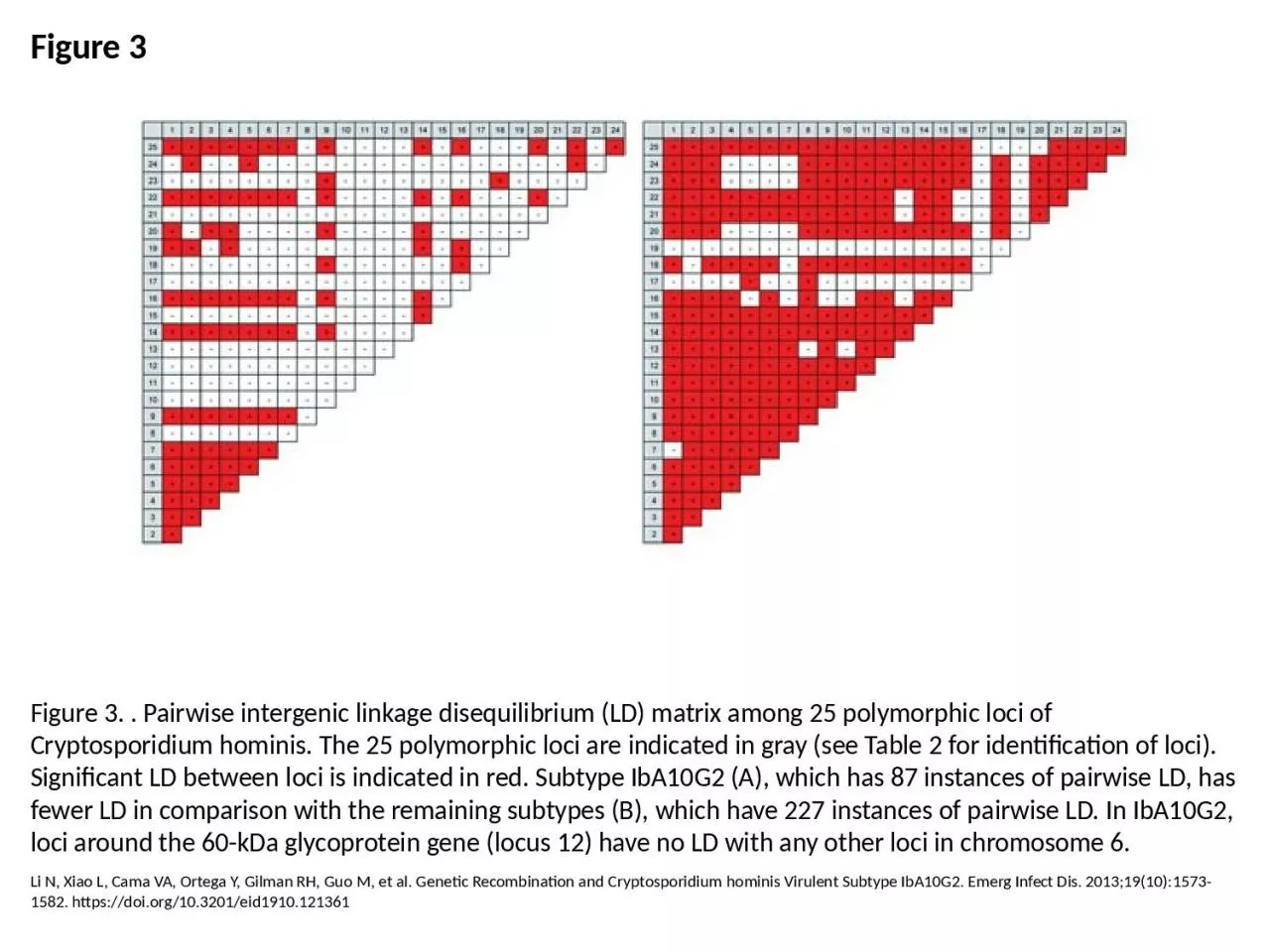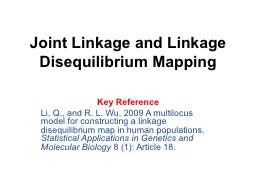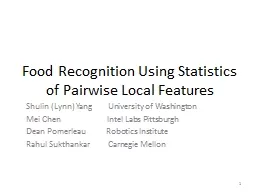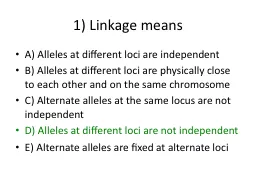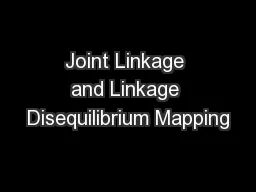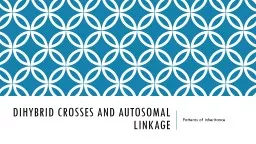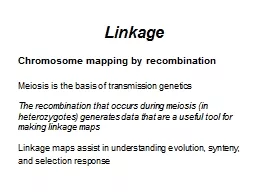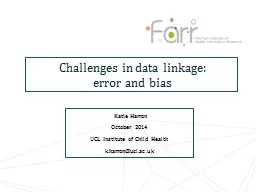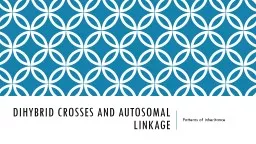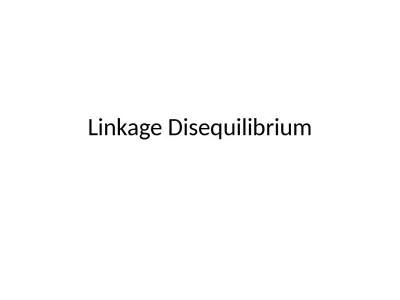PPT-Figure 3 Figure 3. . Pairwise intergenic linkage disequilibrium (LD) matrix among 25 polymorphic
Author : quinn | Published Date : 2024-01-13
Li N Xiao L Cama VA Ortega Y Gilman RH Guo M et al Genetic Recombination and Cryptosporidium hominis Virulent Subtype IbA10G2 Emerg Infect Dis 2013191015731582 httpsdoiorg103201eid1910121361
Presentation Embed Code
Download Presentation
Download Presentation The PPT/PDF document "Figure 3 Figure 3. . Pairwise intergenic..." is the property of its rightful owner. Permission is granted to download and print the materials on this website for personal, non-commercial use only, and to display it on your personal computer provided you do not modify the materials and that you retain all copyright notices contained in the materials. By downloading content from our website, you accept the terms of this agreement.
Figure 3 Figure 3. . Pairwise intergenic linkage disequilibrium (LD) matrix among 25 polymorphic: Transcript
Download Rules Of Document
"Figure 3 Figure 3. . Pairwise intergenic linkage disequilibrium (LD) matrix among 25 polymorphic"The content belongs to its owner. You may download and print it for personal use, without modification, and keep all copyright notices. By downloading, you agree to these terms.
Related Documents

